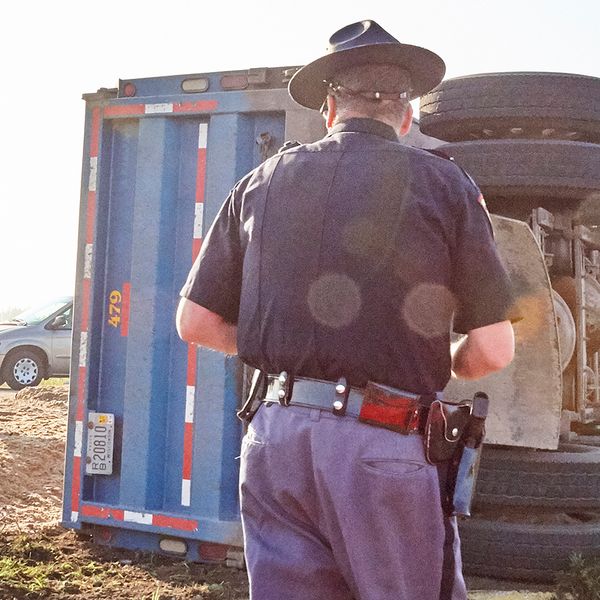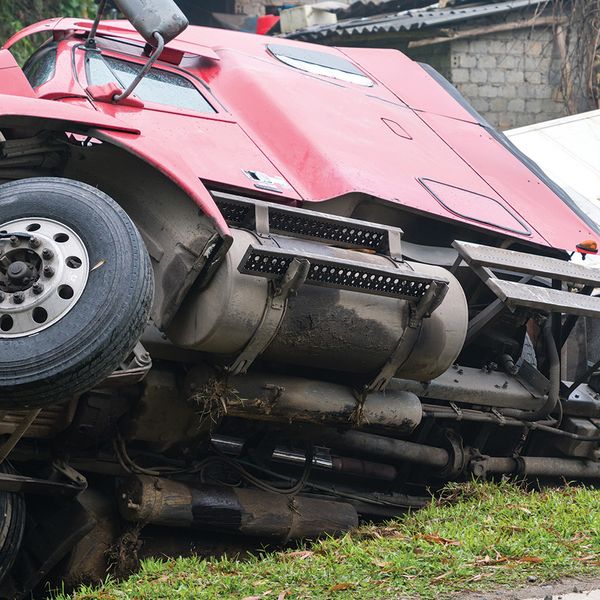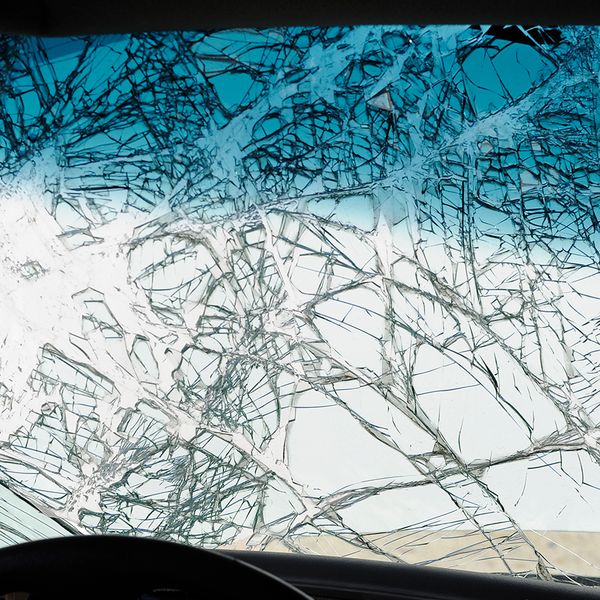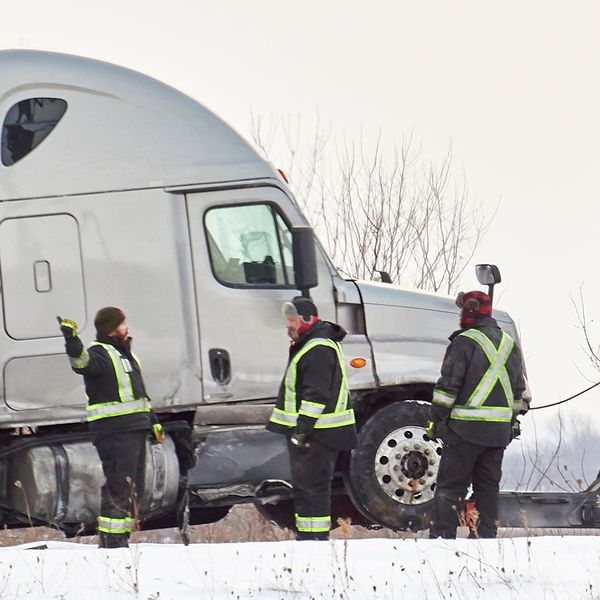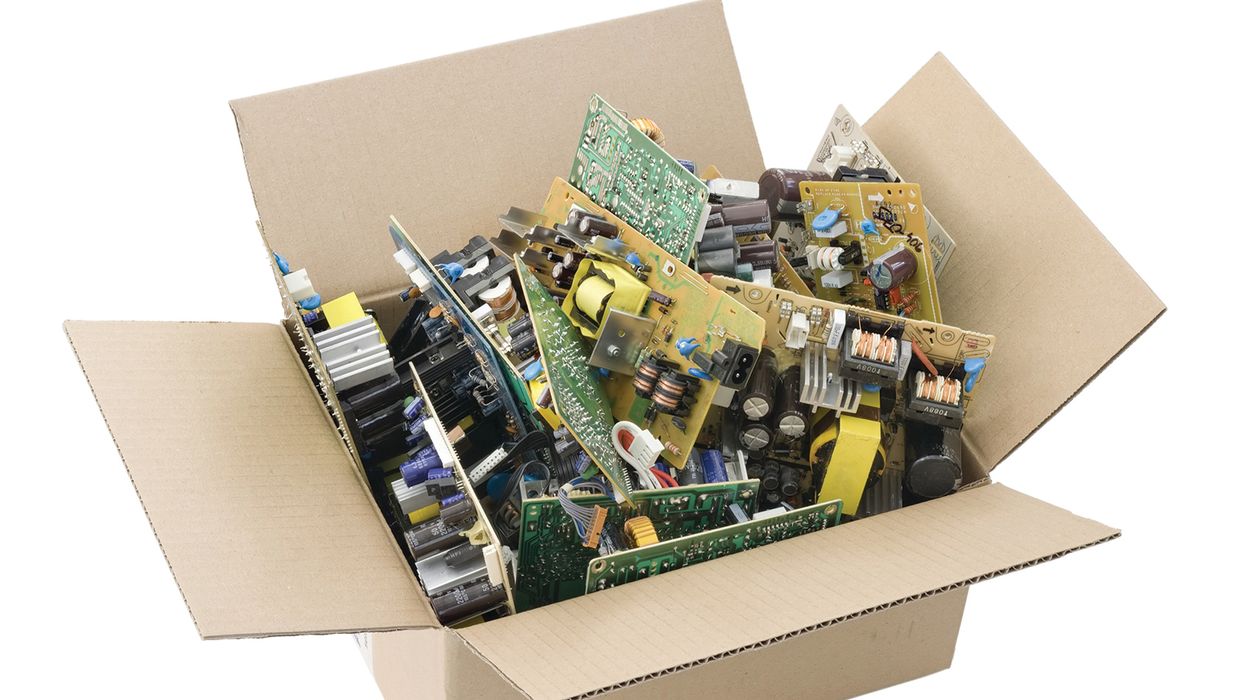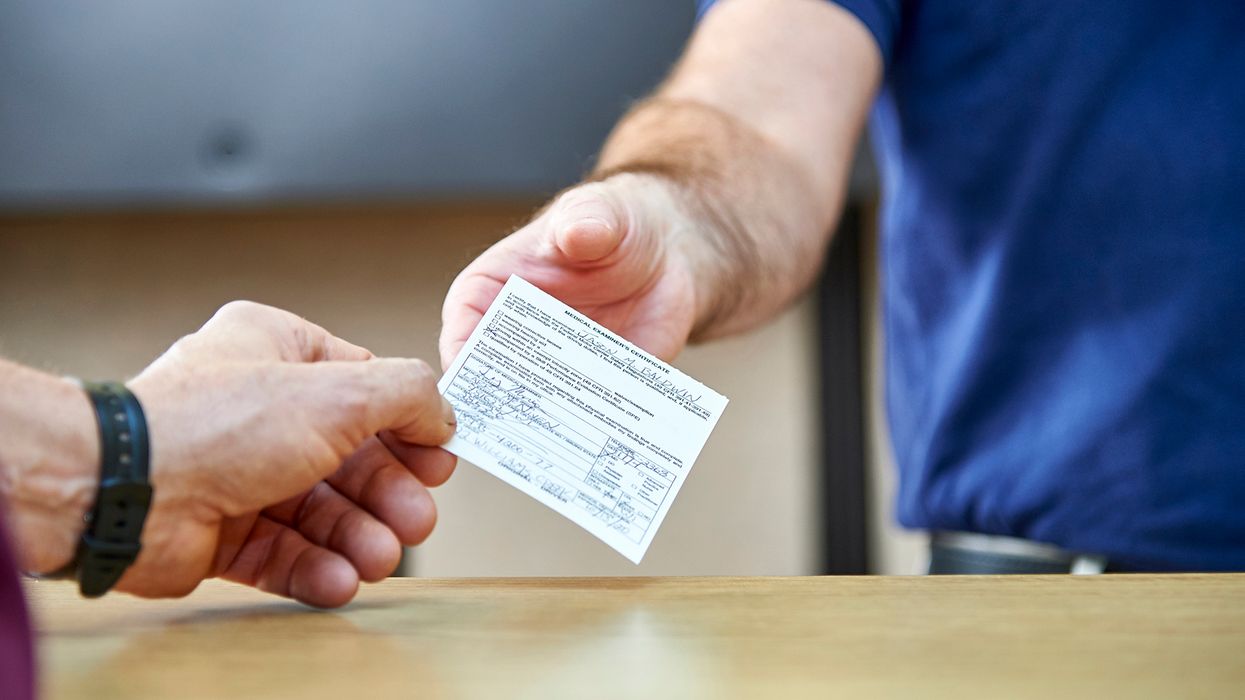How to survive when ‘the big one’ happens
The worst has happened. A driver has been in a serious crash and there are multiple people seriously injured. What comes next?
Immediate priorities
Handle the situation and the driver correctly from the start. This means:
- Supporting the driver and the other people involved,
- Securing the equipment and cargo,
- Getting an attorney on board,
- Getting someone to the scene,
- Gathering information, and
- Preserving evidence.
Next steps
Be prepared for two groups of people:
- Investigators from the state or federal motor carrier safety agency are going to ask for:
- The driver’s qualification file,
- Drug and alcohol testing records related to the driver (including the post-accident test results, if testing was required),
- The driver’s hours-of-service records for the previous 30 days (at least), and
- The maintenance records for the vehicle involved. They will also want to see the company’s required records and credentials.
- The plaintiff’s attorneys are going to ask for the same materials, and much more, including:
- The records related to the carrier’s crash investigation,
- The driver’s personnel file (including the counseling/coaching/disciplinary records), and
- Documentation or testimony related to hiring and retention practices, policies and procedures, any materials provided to the driver (including training materials, company manuals, training materials, etc.).
To meet these requests, capture all the records related to the driver, vehicle, and company as they existed the day of the crash.
Additional tactical and strategic decisions
Many of the decisions must be based on the facts of the crash and the evidence that is being created. What facts and evidence? The facts and evidence that was:
- Collected at the scene by the officers and the carrier’s people, including the driver, insurance representative, reconstructionist, defense attorney’s experts, etc.,
- Gathered from in-house files, and
- Gathered and presented by the plaintiff.
If the facts and evidence are in the carrier’s favor, that will lead to one specific strategic decision (fight this). If the fact or evidence are against the carrier, this may result in a different strategic decision (settle this and get away from it as fast as possible to avoid a huge judgment).
Knowing when to settle
Here are examples of facts and evidence that may lead to the decision to settle. The driver:
- Was clearly at fault,
- Was a bad hire (had serious unresolved issues in the past),
- Had a poor performance record at the company that had not been addressed,
- Was unqualified at the time of the crash, and/or
- Was out of hours and/or had a false log at the time of the crash.
Other problems that would need to be considered include:
- The vehicle had a serious defect at the time of the crash,
- The maintenance records are poor or nonexistent, and/or
- It can be proven the company has a history of operating out of compliance, and the area of non-compliance can be tied to the crash.
Key to remember: For a carrier to have a fighting chance after “the big one,” attention must be paid to day-to-day operations.




